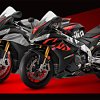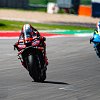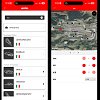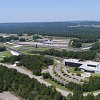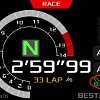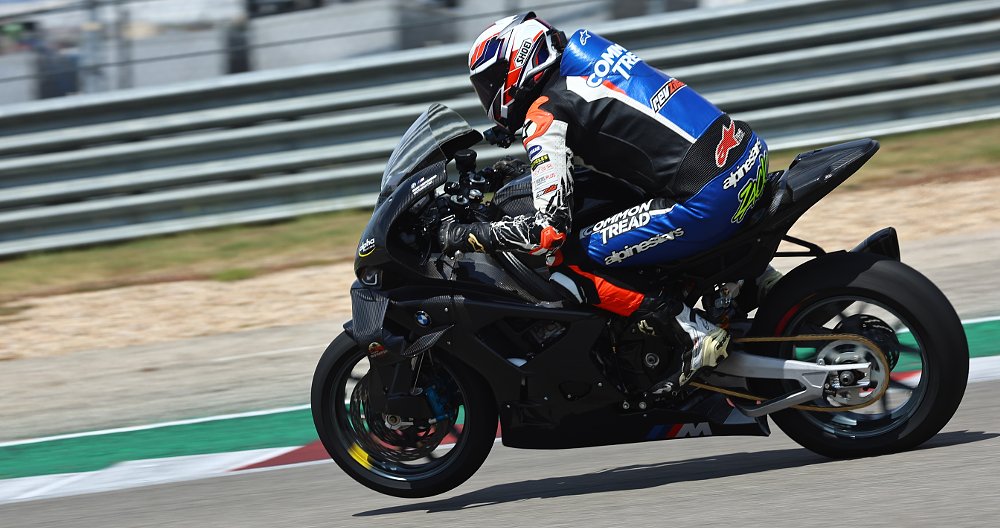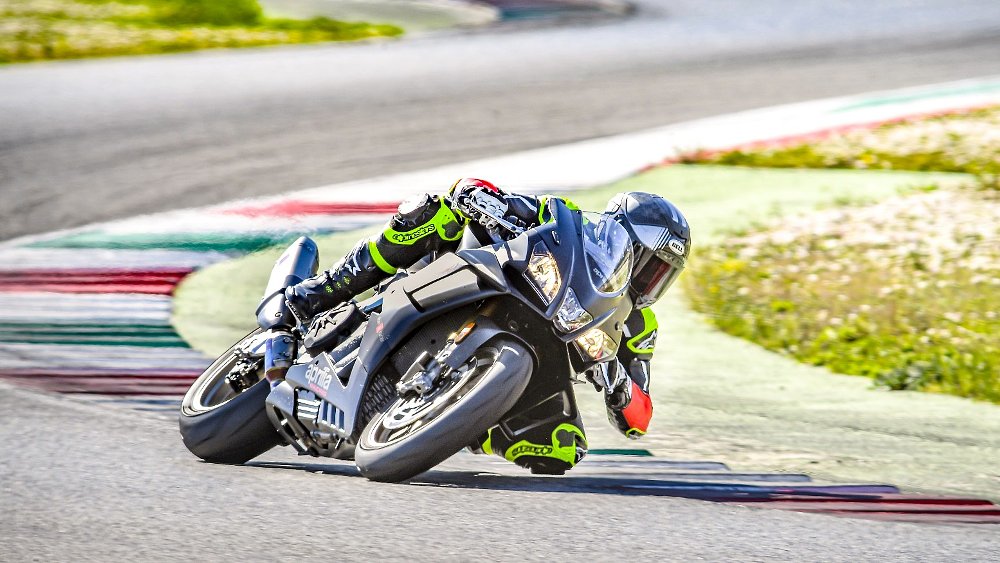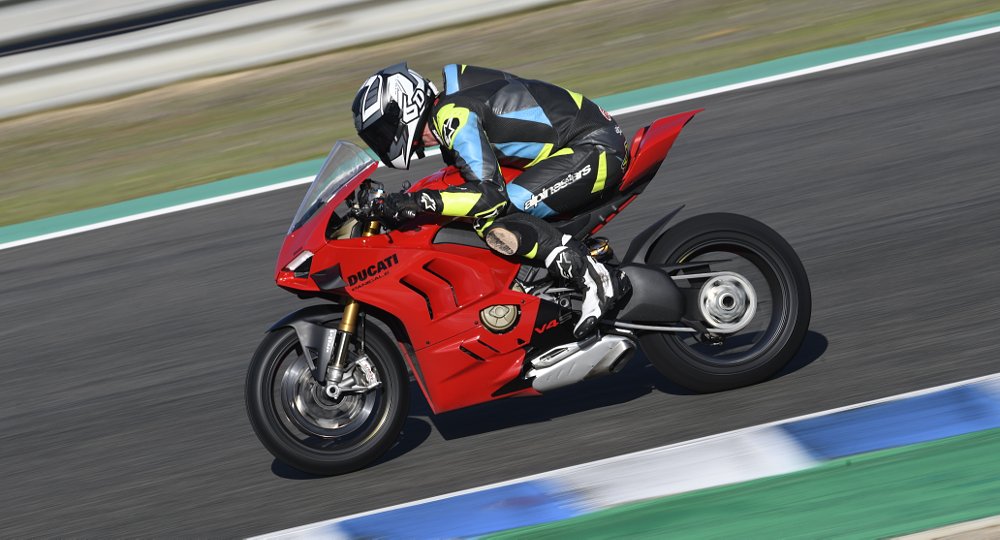Only a few motorcycles in the world can automatically switch their torque map, traction control, wheelie control, and engine braking to suit each corner of the track. They’re all world-class race machines.
At least that was the case in years past. But those days are over.
Now, corner-by-corner electronics are available to mere mortals like you and me. It’s all thanks to GPS-guided rider aids found on the 2026 Aprilia RSV4 1100 Factory superbike.

From the paddock
Before we get too far over the handlebars, it’s worth establishing where these location-based technologies were first devised: Grand Prix motorcycle racing. Global Positioning Systems (GPS) may be forbidden in MotoGP, but teams utilize bike-mounted sensors and ECU programming to determine the machine’s location on track.
Armed with that information, data engineers can tailor the motorcycle’s engine braking, torque delivery, anti-wheelie, and TC to suit each sector. In most cases, teams can dial the setup to the demands of individual corners.
Take turn 11 at the Circuit of the Americas (COTA), for instance, which leads onto the course’s 1.18-kilometer back straight. Not only does its acute radius warrant more engine braking, but the drive required for the subsequent straight may call for high settings of torque delivery, wheelie control, and traction control, too. The opposite could be true of the winding sector following that long straight, where riders require more finesse, and possibly, less torque on tap.

The bike can make all those changes thanks to corner-specific setups. It’s an advantage that allows the top racers in the world to shave tenths off their lap times. Now, that edge is no longer exclusive to the Grand Prix paddock.
Corner by Corner
Unlike MotoGP race bikes, the RSV4’s corner-dependent electronics utilize GPS. An onboard GPS module not only tracks the vehicle’s position on the circuit but also operates in conjunction with its Aprilia MIA (Multimedia Platform) unit. Most users will access the MIA system’s smartphone pairing capabilities for navigation, music playback, and ride tracking, but it’s also central to the superbike’s Corner by Corner (CBC) functionalities. That’s because applying changes to the corner-specific rider aids is only possible through Aprilia’s app.

Only after syncing a smartphone with the RSV4 (with the pertinent permissions enabled) does the user gain access to the CBC feature. Clicking into the configurator opens a new menu, wherein the rider selects the applicable course from a collection of track maps. Unfortunately, the CBC system only functions on one of Aprilia’s preset circuits, but the brand continues to add more maps to the available options.

With the appropriate track selected, the user can then fine-tune the motorcycle’s wheelie control, traction control, engine braking, and suspension damping based on the demands of each corner. The final step requires the rider to confirm their parameters before the app pushes those settings to the bike’s ECU. That step is crucial, as the system doesn’t allow CBC adjustments through the motorcycle’s interface. The dash isn’t completely excluded from the process, though.
To activate the bike’s CBC system, the user must navigate to the Race submenu and switch the function, which is "Off" by default, to "On." Once the RSV4 successfully uploads the CBC settings, a small racecourse icon illuminates yellow in the display’s lower right corner. The system only fully activates after the rider completes their first lap, after which the icon illuminates green.

Beyond automatically adjusting rider aids to the corner at hand, the system also records lap times and telemetry throughout the session. CBC even reports whether or not the rider is improving on their best lap time by illuminating the current lap time in green or red. Following each session, riders can evaluate their lap-by-lap breakdown by exporting the data (.vbo format) and uploading it to Racelogic (VBOX & Circuit Tools) analysis software.

Yes, Aprilia’s Corner by Corner function is an impressive feat of technology, but there's one big problem: its appeal and application concern a very small group of track riders and club racers.
Too much for too few?
Track riders and racers comprise a small percentage of all motorcyclists. Of that population, RSV4 riders represent an even smaller percentage. That’s the primary customer base for Aprilia’s CBC system. Of course, folks who embrace the technological trickle down from the unattainable heights of MotoGP will find the system fascinating, but without a street application, CBC will serve a minuscule amount of riders.

Even if the system isn’t your cup of tea, it’s exciting to see such advanced tech on production motorcycles. Whether or not chasing lap times tickles your adrenal glands is another matter altogether. The real question to ponder is whether CBC is the next frontier of electronic rider aids. Will Ducati reveal its own version in the years to come? Will Honda equip it on the next-gen Fireblade? The answers will reveal themselves in the years to come, but what's certain is that MotoGP prototypes and top-level Superbike race motorcycles aren’t the only bikes with corner-specific tech anymore.





